44 healthy food nutrition labels
Food Labels | Nutrition.gov HHS, Food and Drug Administration, Center for Food Safety and Applied Nutrition Learn the difference between total sugars and added sugars, and discover how the Nutrition Facts Label can help you choose foods that are lower in added sugars. Folate and Folic Acid on the Nutrition and Supplement Facts Labels Food labels - NHS Some front-of-pack nutrition labels use red, amber and green colour coding. Colour-coded nutritional information tells you at a glance if the food has high, medium or low amounts of fat, saturated fat, sugars and salt: red means high amber means medium green means low In short, the more green on the label, the healthier the choice.
Reading Food Labels | ADA - American Diabetes Association Put food labels to work. The Nutrition Facts labels on foods are really the key to making the best choices. We'll cover the basics so that these labels make shopping easier for you. You've heard it all. From carb-free to low-carb, to whole and empty carbs, it's hard to know what it all means. Blood sugar highs and lows aren't always ...

Healthy food nutrition labels
Get to know the new Nutrition Facts label - Mayo Clinic Vitamin D, potassium, calcium and iron are required on the new label. Vitamin D and potassium are new additions, because research suggests that Americans don't always get enough of these nutrients. Vitamin A and vitamin C deficiencies are rare today, so they are optional on the new label. How to Read Nutrition Facts Label | Food Network Healthy Eats: Recipes ... Estimate your total calories for the day. Let's say that number is 1600 calories. Take that 1600 and multiply it by 0.30 (based on our goal of getting 30% of our calories from fat). Understanding Food Nutrition Labels - Professional Heart Daily ... Make sure you get enough of the nutrients your body needs, such as: calcium, choline, dietary fiber, iron, magnesium, potassium, and vitamins A, C, D and E.* 5 - Understand % Daily Value. The % Daily Value (DV) tells you the percentage of each nutrient in a single serving, in terms of the daily recommended amount.
Healthy food nutrition labels. Nutrition facts label - Wikipedia The nutrition facts label (also known as the nutrition information panel, and other slight variations) is a label required on most packaged food in many countries, showing what nutrients and other ingredients (to limit and get enough of) are in the food. Labels are usually based on official nutritional rating systems.Most countries also release overall nutrition guides for general educational ... How to Decode a Nutrition Label - Healthline Some important concepts to remember to help you use nutrition labels for healthy choices include: knowing that your calorie needs may differ from the 2,000 calories-per-day baseline on labels... This Is the First Thing Dietitians Look for on a Nutrition Label The Fiber Content. If the ingredient list wasn't the first thing dietitians said they looked for, then it was fiber. This makes sense, since fiber is a nutrient that most don't get enough of on a daily basis. But this is also because fiber content is often a good indicator of a food's quality. "Fiber content is a quick and easy way for ... How to Use the Nutrition Fact Label, Eat Right, NHLBI, NIH When using the Nutrition Facts label as a guide, try these tips: Keep these low: saturated fats, trans fats, cholesterol, and sodium. Get enough of these: potassium, fiber, vitamins A and C, calcium, and iron. Use the Percent Daily Value (% DV) column when possible; 5% DV or less is low, 20% DV or more is high. Visit the Smart Food Shopping ...
Understanding Food Labels | The Nutrition Source | Harvard T.H. Chan ... Under the Food Allergen Labeling and Consumer Protection Act of 2004, eight major food allergens—milk, fish, tree nuts, peanuts, shellfish, wheat, eggs, and soybeans—are required to be listed in a "contains" statement near the Ingredients list if present in a food. An example would be "contains wheat, milk, and soy." Health Food Labels: What To Look For Food dyes are already regulated by the FDA, but recent evidence suggests that certain dyes may have a negative impact on a child's behavior that the FDA doesn't list on labels. Food dyes rarely have complicated names. You may see them listed on nutrition labels as Red No. 40 or Yellow No. 5. If you'd prefer to skip the synthetic dyes, you ... Understanding Food Nutrition Labels, Mount Carmel Blog The label's nutrient section shows you the nutrients you'll be getting by consuming that product. You can use the label to seek out foods containing more of the nutrients you want (vitamins and minerals) and less of those you may want to limit (saturated fat, sodium, and added sugars). The Percent Daily Value (DV) Understanding Food Nutrition Labels | American Heart Association Make sure you get enough of the nutrients your body needs, such as: calcium, choline, dietary fiber, iron, magnesium, potassium, and vitamins A, C, D and E.* 5 - Understand % Daily Value. The % Daily Value (DV) tells you the percentage of each nutrient in a single serving, in terms of the daily recommended amount.
Assessment of Knowledge, Attitude and Practice of Food Labeling and ... Nutrition information on food labels can help consumers to choose healthier food. We investigated consumers’ awareness of food labels and their influence on the decision to buy food items among students of health sciences of King Khalid University, Abha. This cross-sectional study involved 350 females who gave informed verbal consent and were selected by systematic random sampling ... Understanding Food Nutrition Labels | Sanford Fit Vitamin D, potassium, calcium, and iron are listed on the nutrition label as these are nutrients that can often be lacking in a child's food choices. Choose foods that are: Higher in dietary fiber, vitamin D, calcium, iron, and potassium. Lower in saturated fat, sodium, and added sugars. Sugar Content Sugars can be harder to understand. How to Read Food Labels Without Being Tricked - Healthline Nutrition labels state how many calories and nutrients are in a standard amount of the product — often a suggested single serving. However, these serving sizes are frequently much smaller than what... Help patients understand Nutrition Facts labels to eat smarter In this video, Dr. Edwards will review the regulation of the Nutrition Facts label and three key sections of the label: servings, calories, and percent Daily Value. When choosing and comparing packaged foods and beverages, the Nutrition Facts label can help patients make informed decisions that can have positive effects on their long-term health.
How to Understand and Use the Nutrition Facts Label | FDA Dietary fiber, vitamin D, calcium, iron ad potassium are nutrients on the label that Americans generally do not get the recommended amount of. They are identified as nutrients to get more of....
How To Read Nutrition Labels According To 15 Healthy Foodies Look for absolutely 0% of calories from trans fat. Ideally, packages should have less than 300 mg of cholesterol and less than 2,300 mg of sodium. Look for packages high in vitamins and minerals. Also, choose foods with high fiber: 1 gram of fiber for every 10 grams of carbs is a good standard.
Printable Materials and Handouts | Nutrition.gov What's New with the Nutrition Facts Label HHS, Food and Drug Administration The U.S. Food and Drug Administration (FDA) has updated the Nutrition Facts label on packaged foods and beverages with a new design, making it easier to make informed choices towards healthy eating habits. The New and Improved Nutrition Facts Label - Key Changes
Figuring Out Food Labels (for Kids) - Nemours KidsHealth The nutrition facts label always lists a serving size, which is an amount of food, such as 1 cup of cereal, 2 cookies, or 5 pretzels. The rest of the label tells you how many nutrients are in 1 serving. Servings per Container or Package The label also tells you how many servings are contained in that package of food.
How to read nutrition labels | safefood Nutrition information can be found on the back/side of food labels. Sometimes you will also find a snapshot of this information on the front of pack. Nutrition information is displayed per 100g and sometimes per recommended serving. Use the per 100g column to compare products. Look at the recommended portion size.
Learn How the Nutrition Facts Label Can Help You Improve Your Health Nutrients Required on Label Vitamin D and potassium values are required. Calcium and iron will continue to be required. Vitamins A and C will no longer be required but can be included on a voluntary basis. Slight Decrease in Sodium Allowance The daily limit for sodium decreased slightly from 2,400 mg per day to 2,300 mg per day.
Food Labels | CDC If you eat the whole thing, you are eating 8 times the amount of calories, carbs, fat, etc., shown on the label. Total Carbohydrate shows you types of carbs in the food, including sugar and fiber. Choose foods with more fiber, vitamins, and minerals. Choose foods with lower calories, saturated fat, sodium, and added sugars. Avoid trans fat.

Nutrition Facts: How to Read Food Labels | Nutrition facts, Nutrition labels, Nutrition facts label
Use of the Term Healthy on Food Labeling | FDA The FDA has issued two procedural notices on the preliminary quantitative consumer research it plans to conduct on voluntary symbols that could be used in the future to convey the nutrient content...
How To Read Food and Beverage Labels | National Institute on Aging Read the nutrition label as a whole to determine how a particular food or drink fits into your healthy eating pattern . Is lower % DV always healthier? If a food has 5% DV or less of a nutrient per serving, it is considered low in that nutrient. If it has 20% DV or more of a nutrient per serving, it is considered high in that nutrient.
Reading Food Labels (for Parents) - Humana - Ohio The food label gives total carbohydrates along with fiber, total sugars, and added sugars. Dietary Fiber Dietary fiber itself has no calories and is a necessary part of a healthy diet. Fiber can help you feel full and promotes bowel regularity. High-fiber diets can help lower cholesterol levels and may help reduce the risk of colon cancer. Sugars
Making the Most of the Nutrition Facts Label Infographic Eat foods with nutrients your body needs like calcium, dietary fiber, iron, potassium, and Vitamin D. % Daily Value. The % Daily Value (DV) tells you the percentage of each nutrient in a single serving in terms of the daily recommended amount.
Understanding Food Nutrition Labels - Professional Heart Daily ... Make sure you get enough of the nutrients your body needs, such as: calcium, choline, dietary fiber, iron, magnesium, potassium, and vitamins A, C, D and E.* 5 - Understand % Daily Value. The % Daily Value (DV) tells you the percentage of each nutrient in a single serving, in terms of the daily recommended amount.
How to Read Nutrition Facts Label | Food Network Healthy Eats: Recipes ... Estimate your total calories for the day. Let's say that number is 1600 calories. Take that 1600 and multiply it by 0.30 (based on our goal of getting 30% of our calories from fat).

How to Read Nutrition Labels for Healthier Food Choices (Healthytarian Minutes ep. 32) - YouTube
Get to know the new Nutrition Facts label - Mayo Clinic Vitamin D, potassium, calcium and iron are required on the new label. Vitamin D and potassium are new additions, because research suggests that Americans don't always get enough of these nutrients. Vitamin A and vitamin C deficiencies are rare today, so they are optional on the new label.

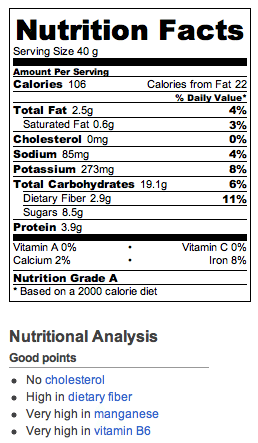
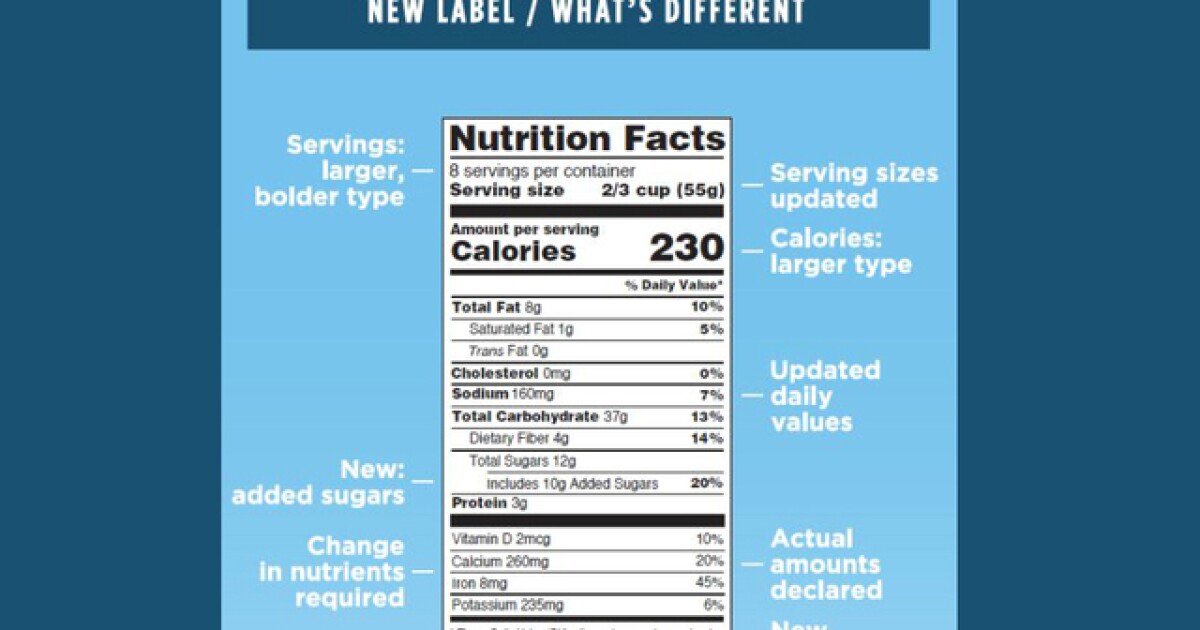
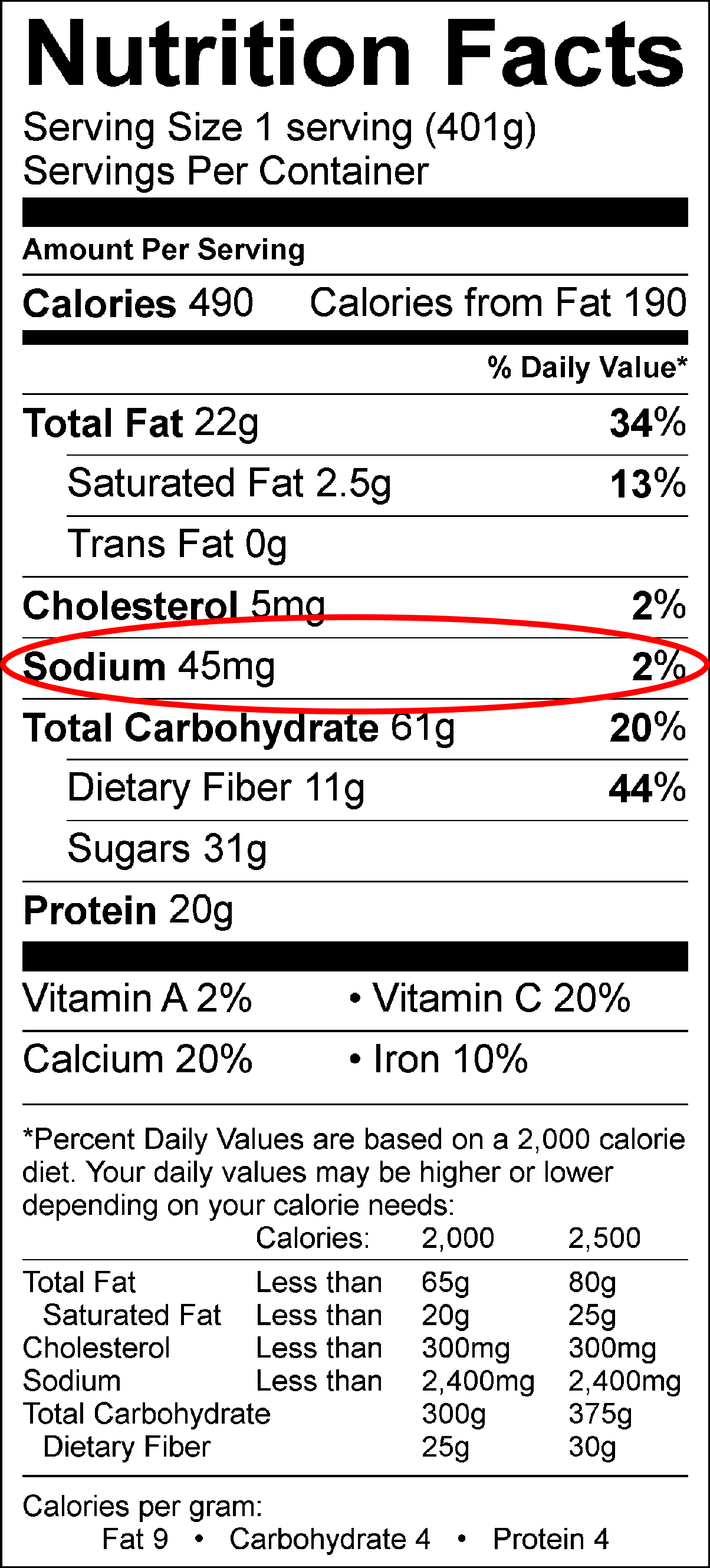
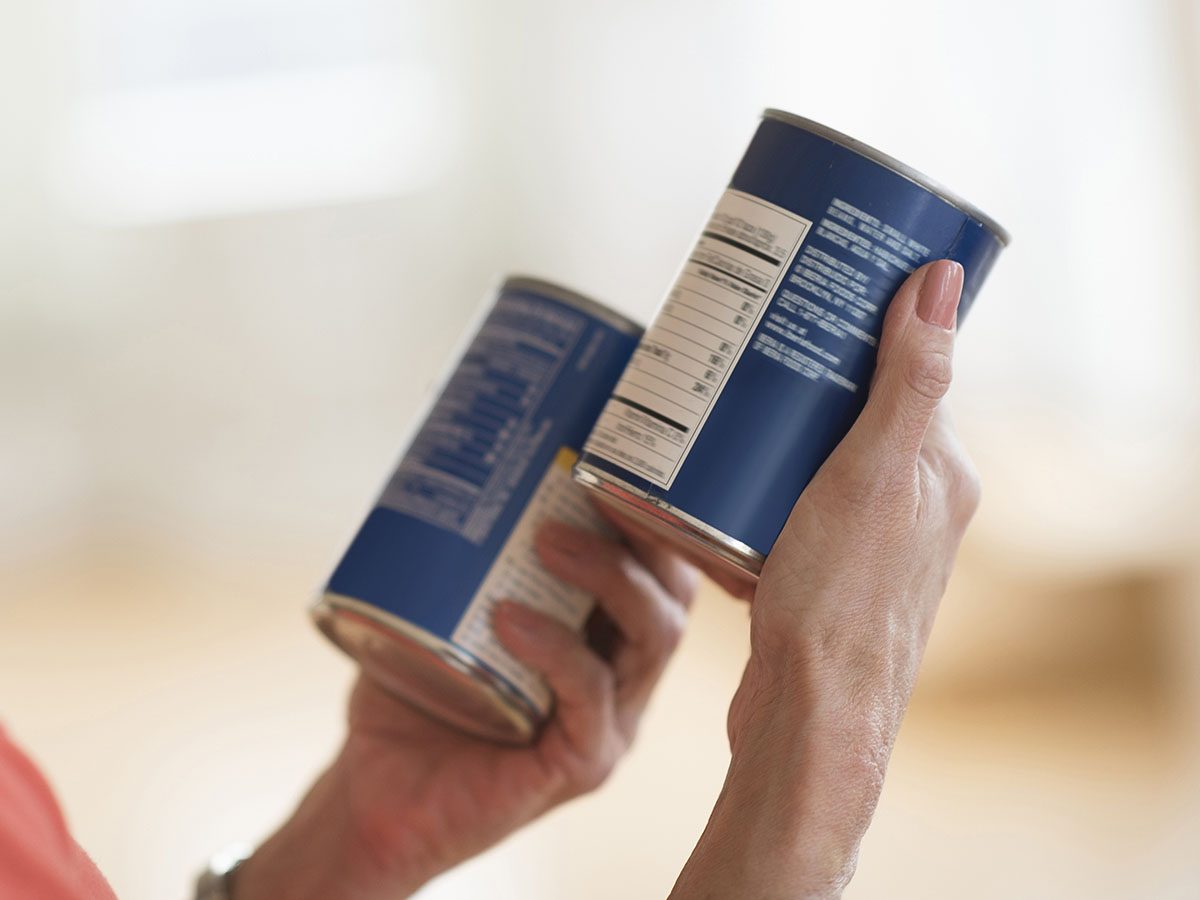
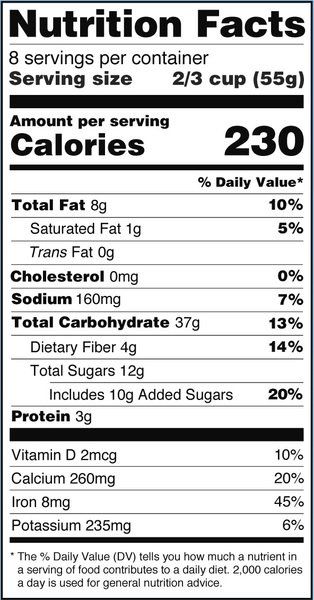
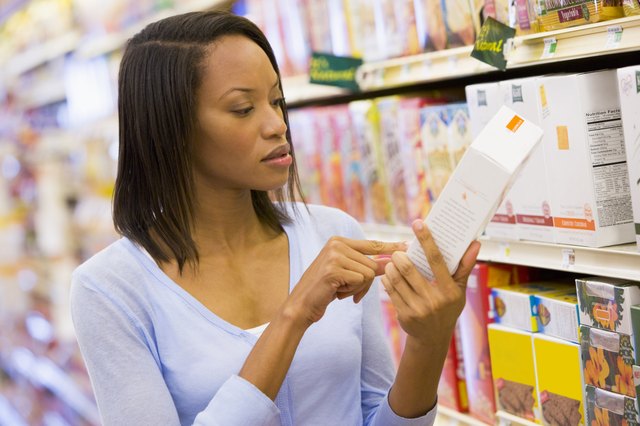

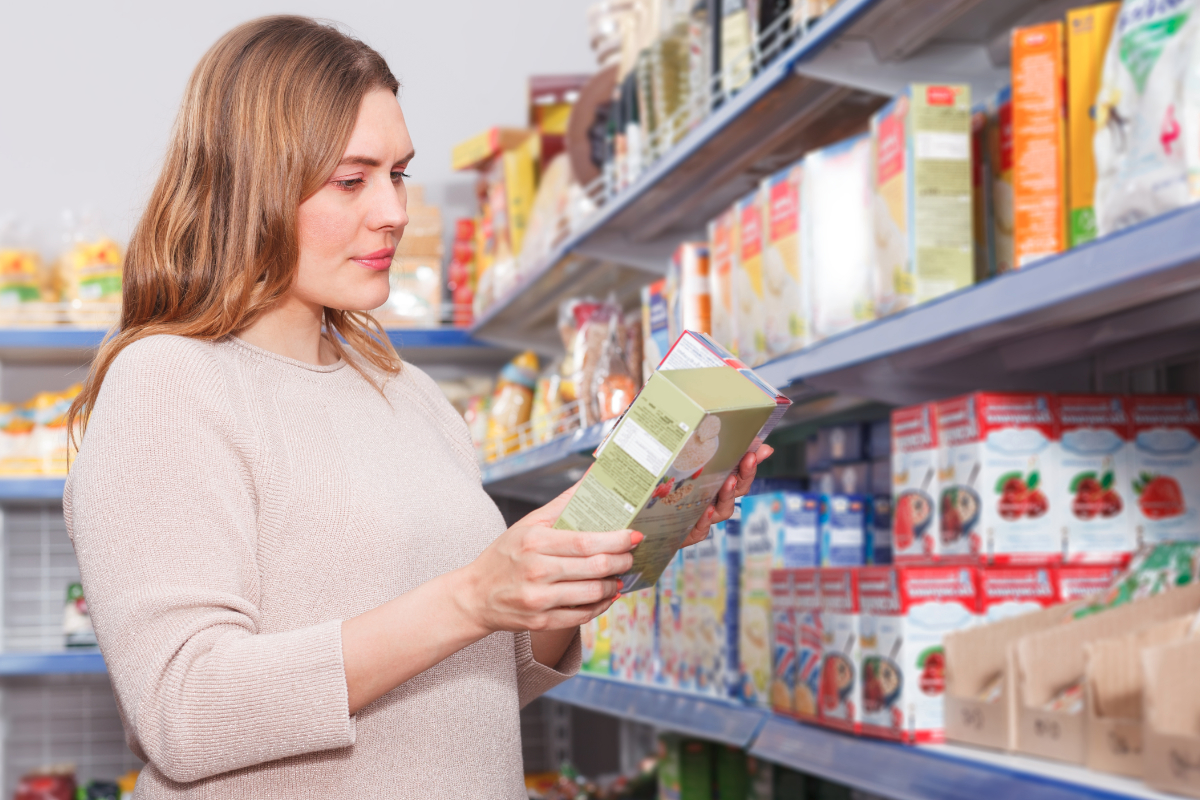
Post a Comment for "44 healthy food nutrition labels"